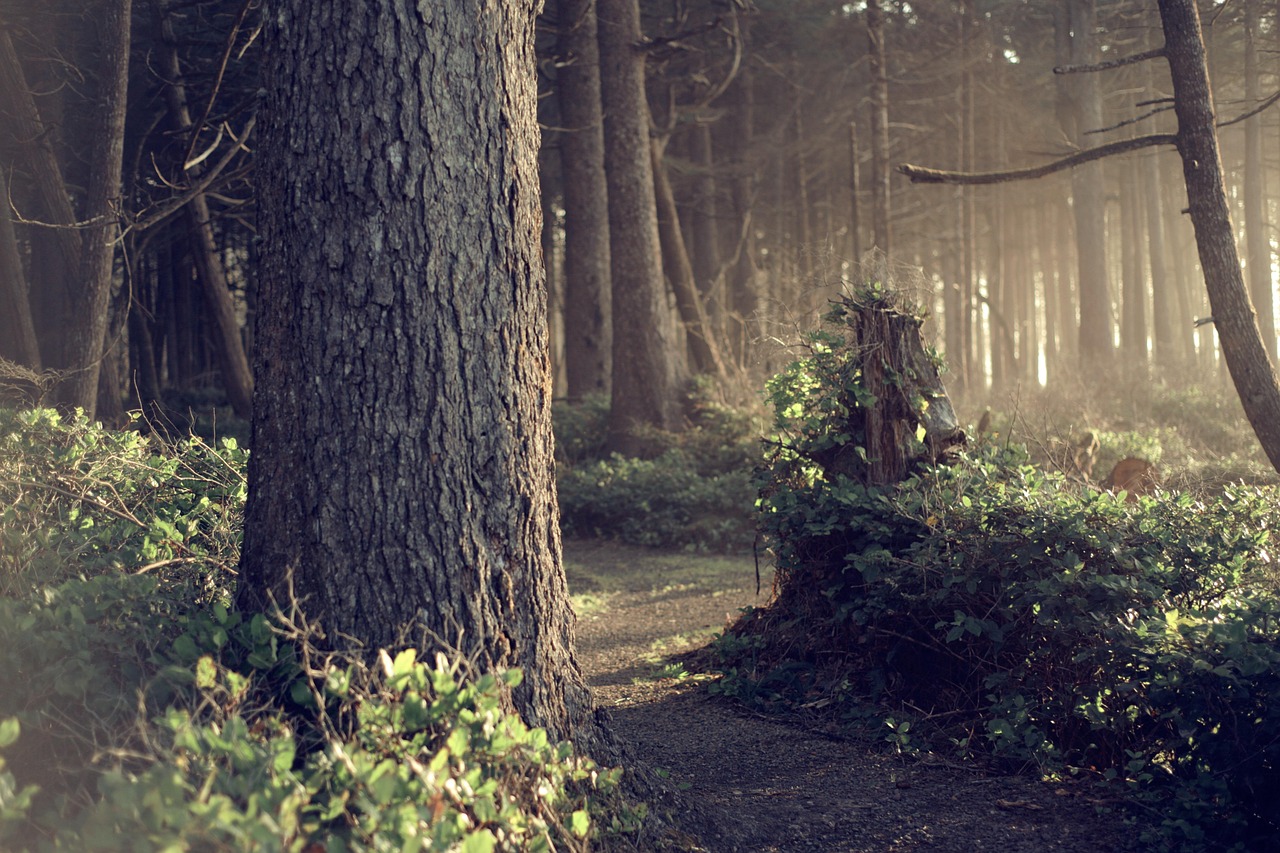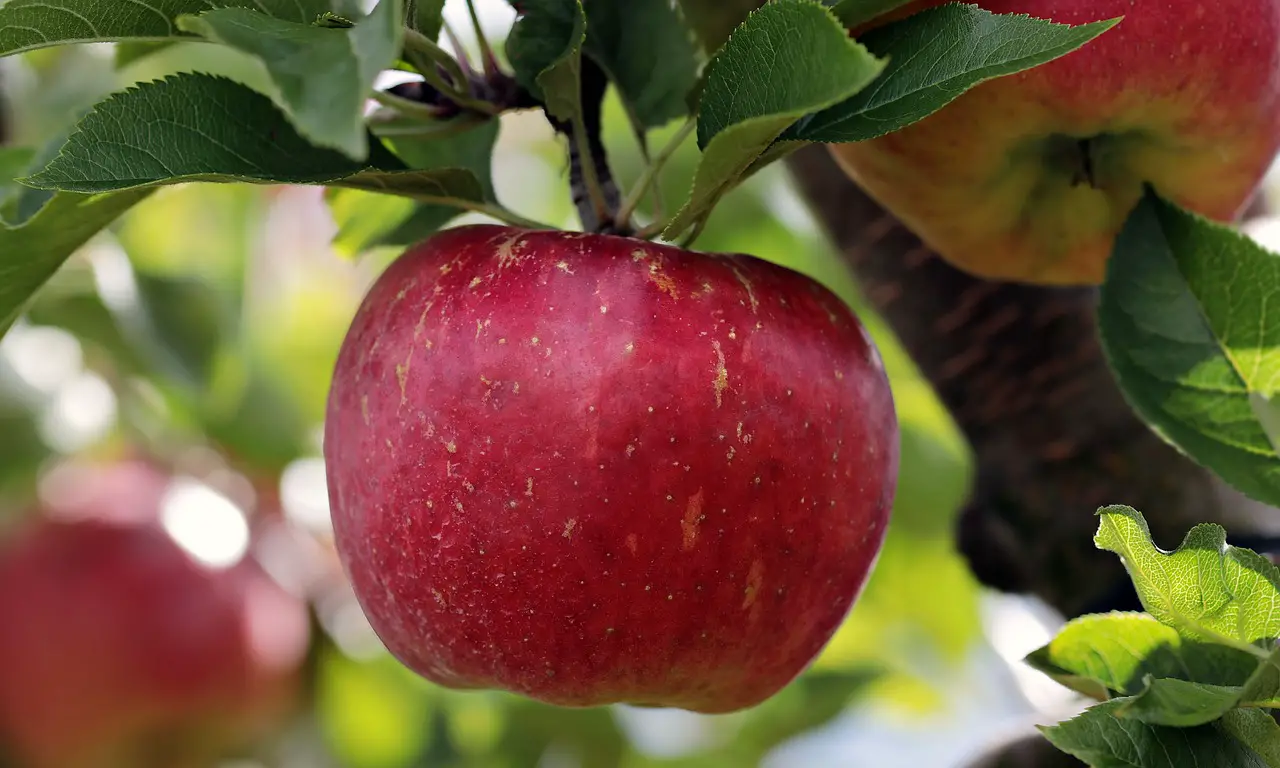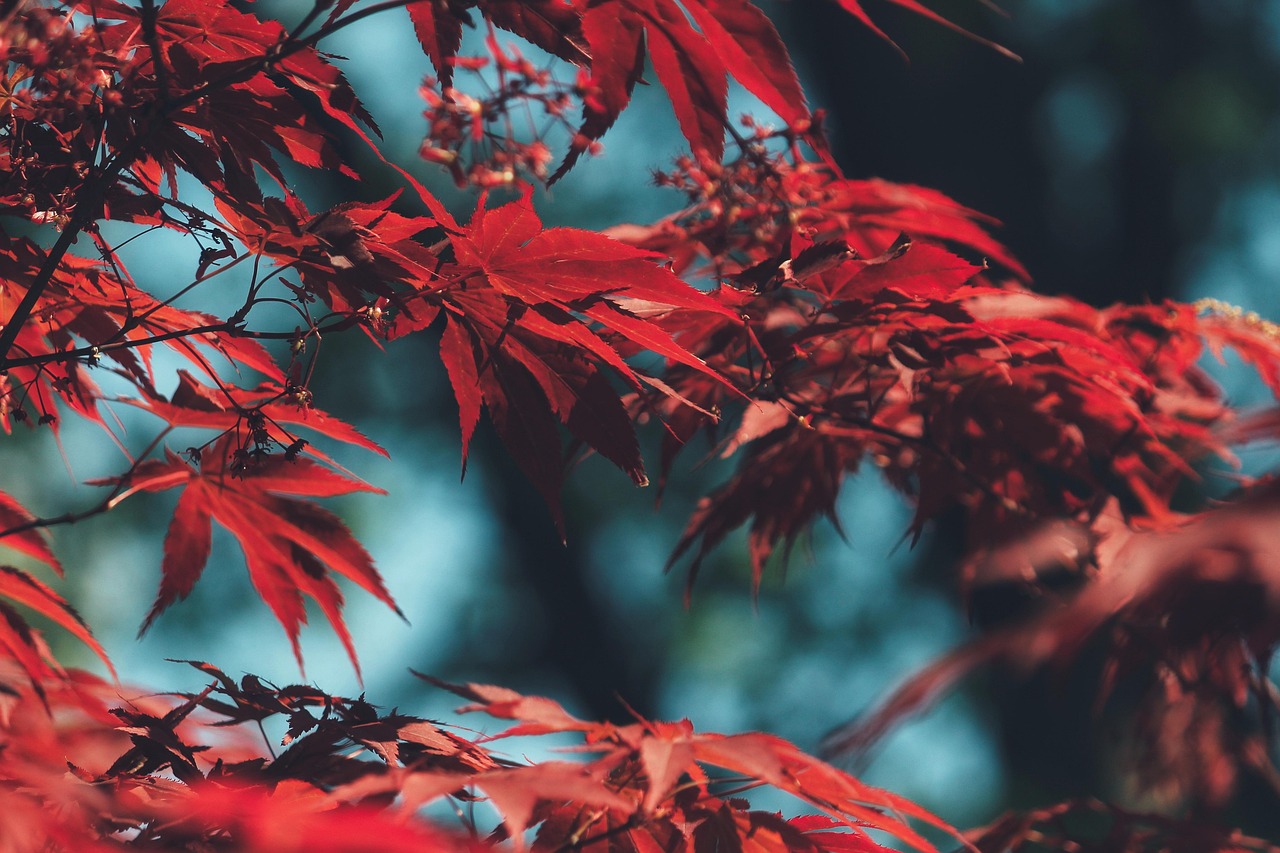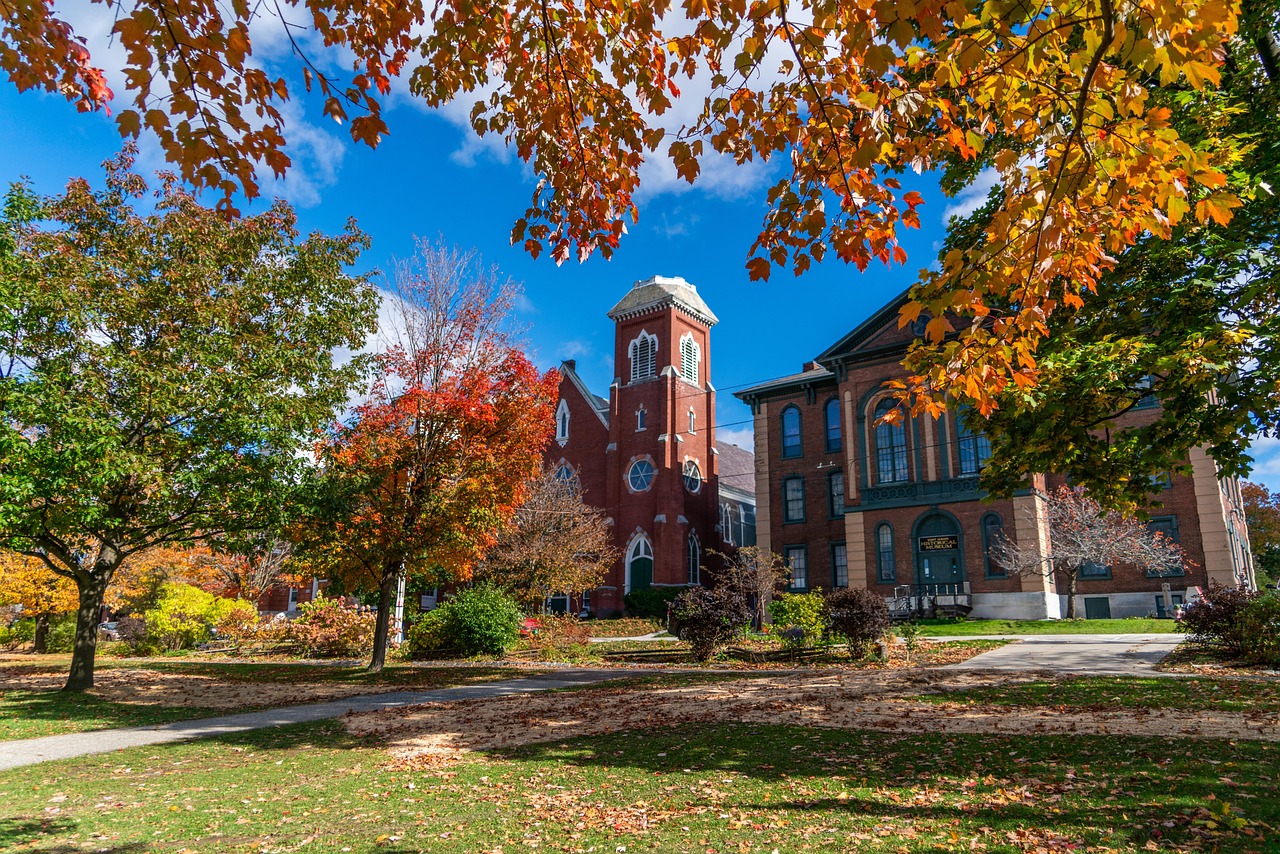Trees and bushes adorned with vibrant red berries bring an enchanting beauty to gardens and landscapes throughout the year. Their festive colors not only catch the eye during the holiday season but also provide essential nutrients for wildlife. In this article, we will explore various species of these plants, their growing conditions, and how they contribute to both aesthetics and ecology.
Red berries are more than just a visual treat; they often signal the changing seasons. As summer winds down, many of these plants transition into a spectacular display. Gardeners and nature enthusiasts alike cherish them for their ability to brighten up dreary winter days. Whether used as ornamental features in residential settings or as part of natural habitats, trees and bushes with red berries are invaluable.

Many of these species thrive in diverse environments, making them relatively easy to cultivate. They can adapt to varying soil types and light conditions, which enables them to flourish in urban and rural areas alike. Additionally, the berries produced by these plants are not only appealing to humans but also serve as crucial food sources for birds and other wildlife.
Common Trees and Bushes with Red Berries
Several trees and bushes are known for their striking red berries. Below is a list of some popular species that you might consider adding to your garden:
- Holly (Ilex aquifolium): A classic choice, holly is recognized for its glossy leaves and bright red berries. It is often associated with Christmas decorations.
- Crabapple (Malus spp.): These trees produce small, ornamental apples that can be red in color. They also attract a variety of birds.
- Winterberry (Ilex verticillata): A deciduous holly that loses its leaves in winter, leaving behind clusters of vibrant red berries that are beloved by birds.
- Barberry (Berberis spp.): This shrub is known for its thorny branches and small red berries that can last well into winter.
- Red-berried Elder (Sambucus racemosa): This elderberry produces clusters of bright red berries favored by various bird species.
Each of these plants has unique characteristics that contribute to their appeal. Below is a table summarizing some key attributes of these species:
| Plant Name | Type | Berry Color | Wildlife Attraction |
|---|---|---|---|
| Holly | Tree/Shrub | Red | Birds, Deer |
| Crabapple | Tree | Red/Yellow | Birds, Insects |
| Winterberry | Shrub | Red | Birds |
| Barberry | Shrub | Red | Birds, Small Mammals |
| Red-berried Elder | Shrub | Red | Birds |
When selecting trees or bushes with red berries for your landscape, consider factors such as climate, soil type, and desired wildlife benefits. Many of these plants can thrive in a variety of settings, making them versatile options for any gardener.
The presence of red berries not only enhances the beauty of your garden but also plays an important role in supporting local ecosystems. By planting these species, you contribute to the biodiversity of your area while enjoying their vibrant colors throughout the year.
Growing Conditions for Red Berry Plants
Understanding the growing conditions required for trees and bushes with red berries is crucial for successful cultivation. These plants have different requirements for sunlight, soil, and water, all of which can significantly affect their growth and berry production.
Sunlight Requirements
Most trees and shrubs with red berries prefer full sun to partial shade. Here are some general guidelines:
- Full Sun: Plants like holly and crabapple thrive with at least six hours of direct sunlight each day.
- Partial Shade: Species such as winterberry can tolerate some shade, especially in hotter climates, but they still need a few hours of sunlight.
Assess your garden’s sunlight exposure throughout the day to ensure that your chosen plants receive the optimal amount of light. This will enhance their health and berry production.
Soil Preferences
The type of soil plays a pivotal role in the growth of red berry plants. Generally, well-drained soil rich in organic matter is ideal. Here are some soil characteristics to consider:
- pH Levels: Most berry-producing plants prefer a slightly acidic to neutral pH range (around 6.0 to 7.0).
- Drainage: Good drainage is essential as these plants do not thrive in waterlogged conditions.
- Organic Matter: Incorporating compost or well-rotted manure can improve soil structure and fertility, promoting healthy growth.
Watering Needs
The watering requirements can vary based on the species and local climate. However, here are some tips to ensure your red berry plants remain hydrated:
- Initial Establishment: Newly planted trees and shrubs need regular watering to establish their root systems. Water them deeply once a week during dry spells.
- Mature Plants: Once established, most berry-bearing plants are relatively drought-tolerant but still benefit from occasional watering during prolonged dry periods.
Pest and Disease Management

Like any garden plant, trees and shrubs with red berries can be susceptible to pests and diseases. Monitoring your plants for signs of trouble can help maintain their health.
Common Pests
Several pests may target berry-producing plants. Here are a few to watch for:
- Aphids: These small insects can feed on new growth, leading to distorted leaves and reduced vigor.
- Spider Mites: Often found in dry conditions, spider mites can cause stippling on leaves.
- Japanese Beetles: These beetles may feed on the foliage of various berry plants, leading to significant damage.
Disease Considerations
Diseases can also affect the health of red berry plants. Here are some common ones:
- Powdery Mildew: A fungal disease that appears as a white powdery coating on leaves. It thrives in humid conditions.
- Cankers: These localized areas of dead tissue can develop on stems and branches, often due to fungal infections.
Preventive measures such as proper spacing for air circulation, regular pruning, and applying fungicides when necessary can help mitigate these issues.

By providing the right growing conditions and remaining vigilant against pests and diseases, you can ensure a flourishing garden filled with vibrant red berries year-round.
Landscaping Ideas with Red Berry Plants

Incorporating trees and bushes with red berries into your landscape design can create stunning visual interest throughout the year. Not only do these plants provide vibrant colors, but they also serve functional purposes in the garden. Below are some creative ideas for using red berry plants in your landscaping projects.
Accents and Focal Points
Red berry plants can act as striking focal points in any garden. Here are some ways to use them effectively:
- Standalone Specimens: Plant a single holly or crabapple tree in the center of your yard or garden bed. This will draw attention and create a beautiful statement piece.
- Group Planting: Combine several berry bushes together, such as winterberry and barberry, to create a colorful cluster that can serve as a backdrop for other plants.
- Container Gardening: For smaller spaces or patios, consider planting red berry shrubs in decorative containers. This adds color and texture while making maintenance easier.
Hedging and Privacy Screens
Many red berry bushes, like barberry and winterberry, can be used to create natural hedges or privacy screens. They provide aesthetic appeal while enhancing your yard’s privacy. Here are some tips for using them as hedges:
- Dense Growth: Choose species known for their dense growth habit. This will create a solid barrier that can shield your garden from prying eyes.
- Height Variation: Mix different species to create varying heights and textures. This diversity can make your hedge more visually appealing.
Wildlife Gardens
Creating a wildlife-friendly garden can be both rewarding and environmentally beneficial. Red berry plants play an essential role in attracting various species. Consider the following:
- Bird Habitats: Planting species like red-berried elder and winterberry will attract birds looking for food sources during the colder months.
- Pollinator Gardens: Many flowering plants coexist with red berry bushes, creating an inviting environment for bees and butterflies, which aids in pollination.
Seasonal Interest with Red Berries
The beauty of red berry plants extends beyond their summer foliage. They provide seasonal interest throughout the year. Here’s how to enjoy them in every season:
Spring
As these plants begin to bud, they offer fresh green leaves and early blooms, creating a lively atmosphere as nature awakens. Consider pairing them with early-flowering perennials for a colorful display.
Summer
During summer, the lush foliage of red berry plants creates a vibrant backdrop for other flowers. The contrast between green leaves and the bright berries that develop is visually striking.
Fall
In the fall, many red berry plants showcase stunning autumn colors. The foliage may turn shades of orange and yellow, enhancing the visual appeal of your landscape. The berries become more pronounced against the autumn backdrop.
Winter
Even in winter, red berries provide a bold splash of color against the bare branches. They attract birds, which add life to an otherwise quiet garden. Consider using evergreen plants alongside them for a continuous green presence.
The versatility of trees and bushes with red berries makes them ideal for any landscape design. By considering their seasonal contributions and aesthetic potential, you can create a vibrant space that thrives year-round.
Additional Benefits of Red Berry Plants
Beyond their aesthetic appeal and seasonal interest, trees and bushes with red berries offer a range of additional benefits that enhance gardens and the surrounding ecosystem.
Environmental Contributions
These plants play an essential role in supporting local wildlife and improving garden health. Consider the following contributions:
- Habitat Creation: Red berry plants provide shelter and nesting sites for various bird species and small mammals.
- Pollinator Support: Many red berry plants produce flowers that attract bees, butterflies, and other pollinators, which are vital for maintaining healthy ecosystems.
- Soil Erosion Prevention: The root systems of these plants help stabilize soil, reducing erosion and promoting soil health.
Culinary Uses
Some red berries are not just visually appealing but also edible. While caution is advised, as not all red berries are safe for human consumption, certain species have culinary applications:
- Elderberries: The berries of the red-berried elder can be used to make jams, jellies, and syrups, though they should be cooked before consumption to eliminate toxins.
- Crabapples: These small fruits can be used in pies, sauces, and preserves, adding a tart flavor to various dishes.
Choosing the Right Red Berry Plants for Your Garden
Selecting the right types of red berry plants for your garden can enhance its beauty and functionality. Here are some factors to consider when making your choices:
- Climate Compatibility: Ensure the plants you select are suitable for your local climate. Research hardiness zones to find varieties that will thrive in your area.
- Space Availability: Consider the mature size of the plants. Some species can grow quite large, while others remain compact. Choose based on the available space in your garden.
- Maintenance Level: Different plants require varying levels of care. Assess how much time you can dedicate to maintenance when selecting your species.
Final Thoughts
Trees and bushes with red berries are a fantastic addition to any garden, providing vibrant color and seasonal interest throughout the year. Their ability to attract wildlife, support biodiversity, and serve functional roles in landscaping makes them invaluable. By understanding their growing conditions, pest management needs, and landscape potential, you can cultivate a thriving environment that benefits both you and the surrounding ecosystem.
Whether you are looking to create a wildlife haven, enhance your garden’s visual appeal, or enjoy the culinary benefits of certain species, incorporating red berry plants into your landscape can yield a multitude of rewards. With careful planning and consideration, you can enjoy the festive colors and ecological contributions of these plants year-round.
